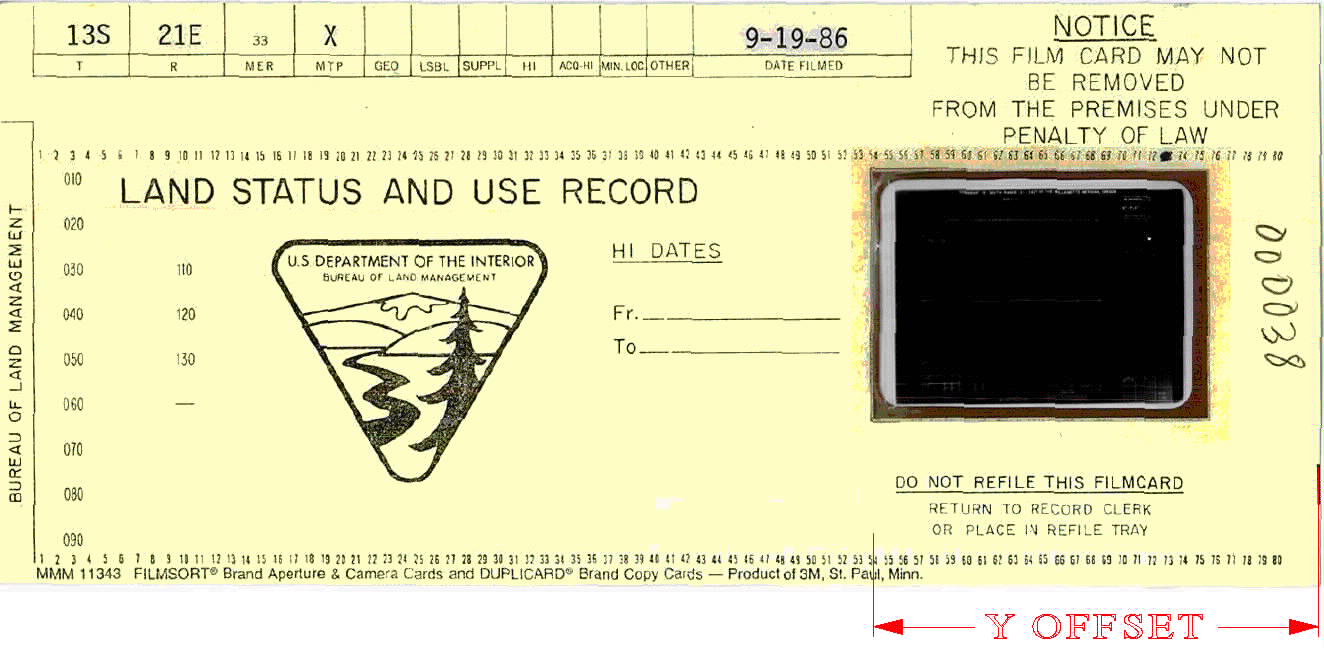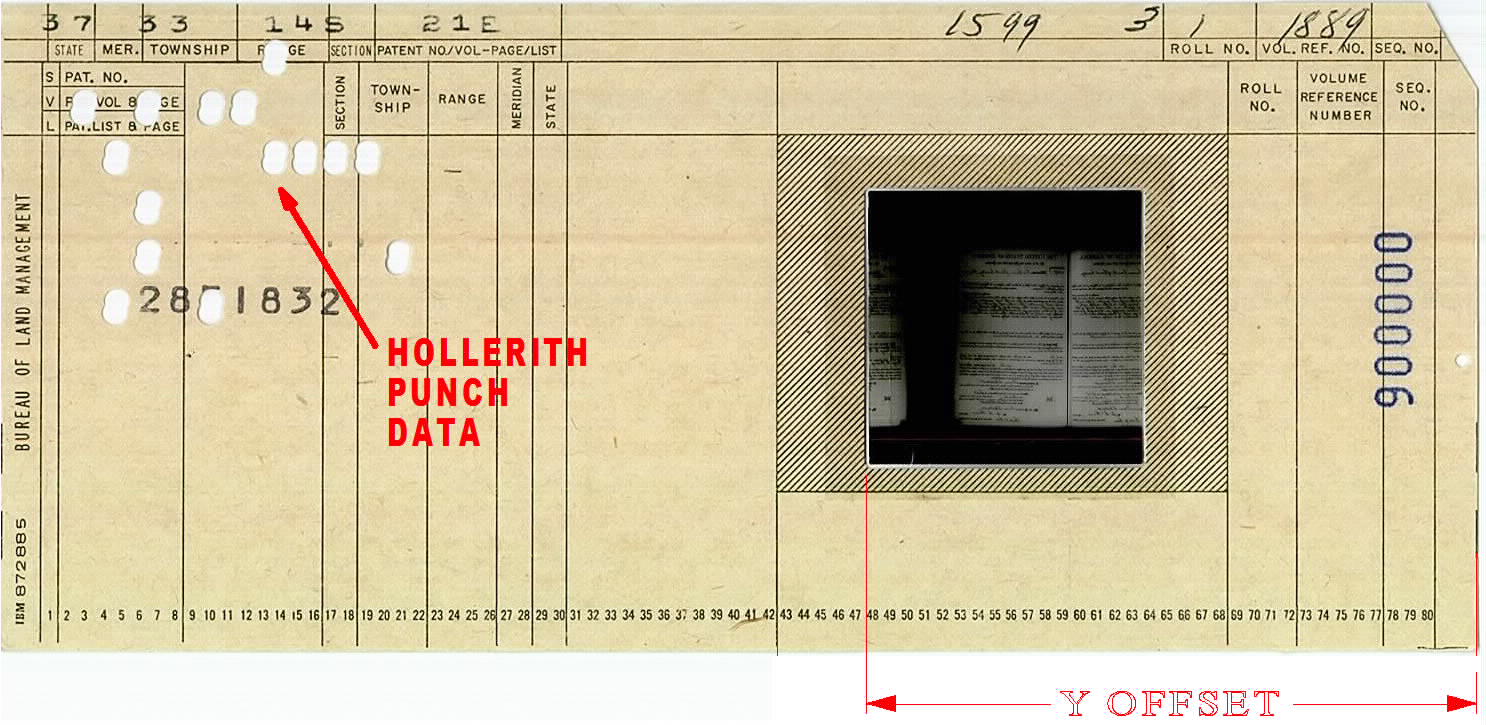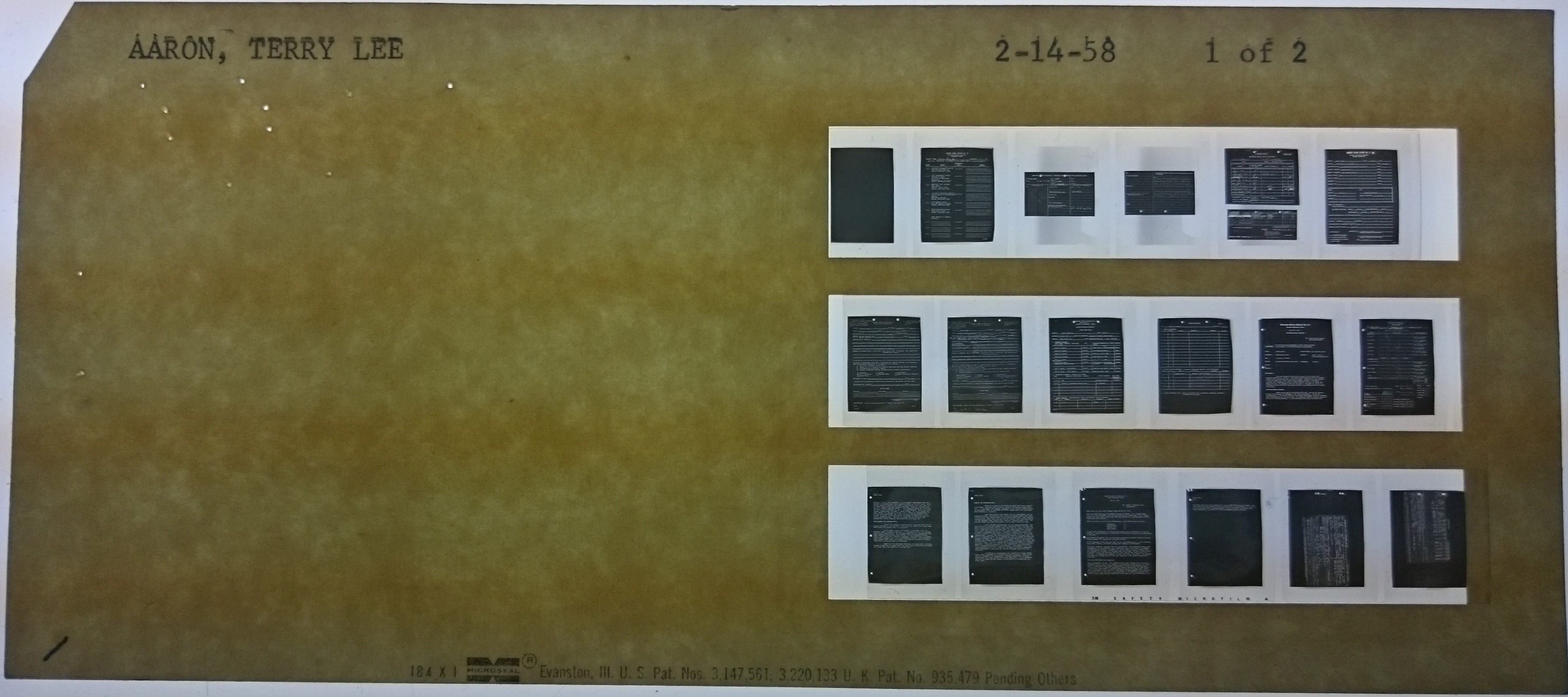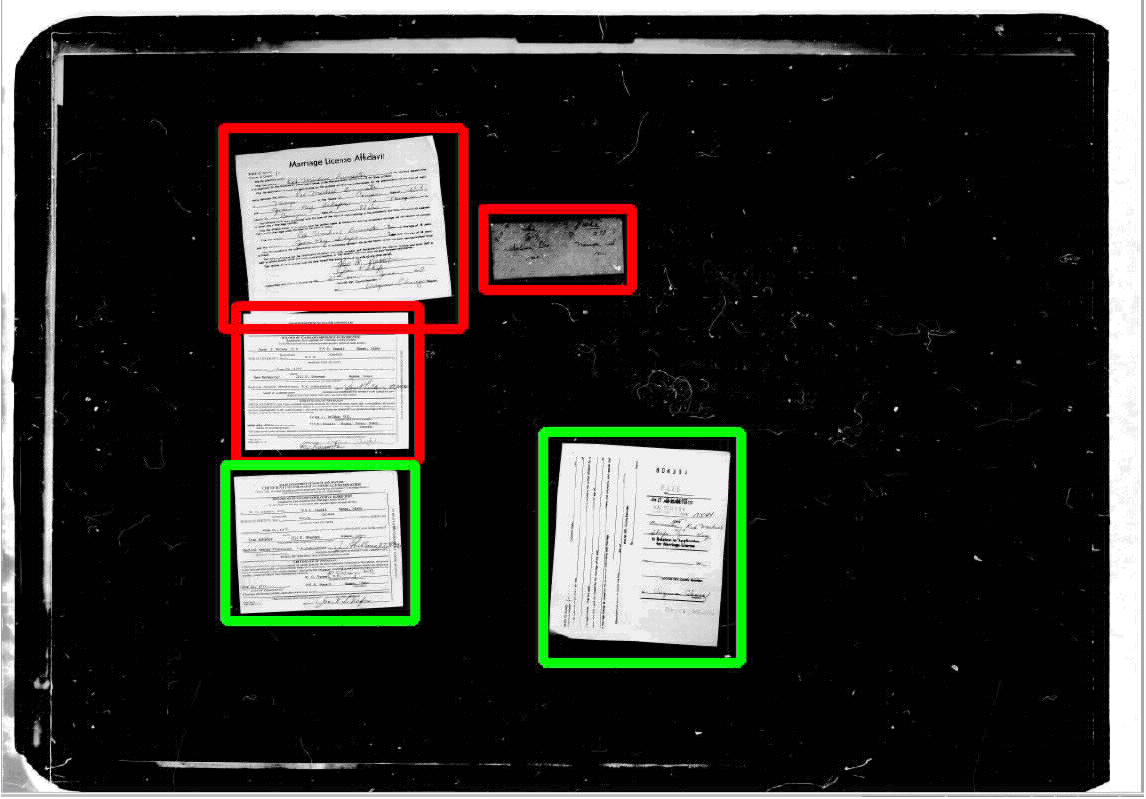

![]()
Aperture Card Types There is only one type of aperture card that can be scanned in an aperture card scanner and that is the first 'standard' type shown below. The offset and recordak type cards cannot be scanned in any of the production aperture card scanners on the market. Over the years we have engineered a solution to convert these very unique types in an automated fashion. When considering a vendor it is important to know if your vendor can scan them or you might find they cut your cards in an attemp to get them to scan. We have an automated solution to scan all types of aperture cards wihtout altering the originals.
Standard Aperture Card Non Standard Aperture Card (Offset Chip) Recordak Aperture Card (Non-Standard) What is Hollerith Punch Data? Holerith Data potentially allows the vendor to extract drawing information such as sheet size, drawing number, revision level and drawing date from the punch data on the card. This information can be used to supplement typical indexing requirements such as drawing or document title. The drawing size can be utilized to set the scanner settings and properly crop the image to the drawing/document borders. The punch code for drawing size is not present, most often vendors will be required to scan the entire film chip to insure that every drawing/document is captured. They would then subsequently attempt to auto-crop any black borders from the image.
Grayscale or Monochrome? Aperture Card media can be some of the most challenging analog data sources to capture and as such grayscale scanning (8bit) is often preferred over monochrome (1 bit) scanning. The image is at a minimum the third version of the data (original>film original>digital copy) and it may be as much as the fifth version (Original>blueline or sepia copy>original film>diazo copy>digital image. It is important to understand that there are many areas for potential degradation to the document data. There are many lighting, chemicals and heat processes involved at each step in creating the aperture cards and it is not uncommon for problems to occur. This often results in an aperture card that is difficult to read, even under magnification (eye loop). The process of scanning does not improve the image. The scanners are limited to capturing what can be seen with the human eye. Aperture cards are typically captured in grayscale from 200-400dpi. It is a very common misconception that higher resolution will yield better more legible results. In fact higher bit depth is what is required for more legible imagery in most cases. Agencies opt for higher bit depth (grayscale) to pick up faint and faded text, higher resolution provides more detail for very small text (1/16" text or 6pt). 300dpi grayscale will be the most optimal resolution and bit depth to insure complete data capture. While it is possible to get complete capture at 200dpi monochrome it is not recommended. Since the latest scanners capture the data in grayscale, the cost of grayscale is almost the same as monochrome. While it is true that grayscale capture will yield an archive that five times the amount of storage, the cost of storage is a fraction of the cost of the conversion cost and an agency can always publish monochrome images to their network and store the grayscale imagery on DVD until such time as server space is available. It is important to capture the best data the first time to eliminate any need to access the original cards.
Is post processing required? It is not uncommon to have a large mix of drawings and documents of varying sizes, polarity, rotation, mirror, etc. When selecting a vendor it is important to consider who will be performing the post processing and if it is economical. The price to scan the card may only be a small portion of the total cost to generate a valuable and searchable repository. If the effort is for a secure digital backup of the source material on a tight budget, post processing is not necessary and can be performed at anytime.
Standard Vs. Non Standard Card Formats: The first image above is from an aperture card with the film chip in the standard chip position (y-offset) . The second card is from an archive where the chip was mounted in a non-standard position. Most aperture card scanners cannot scan a chip in the wrong position. Currently the only scanners that can scan these are manufactured by Nextscan (Titan and Flexscan)
What is a multi-up? A multi-up is a frame where multiple pages are filmed in a single frame. Most often the agency filming the multi-up will attempt place the pages in a
four up or six up grid pattern. This affords a conversion vendor the opportunity to use a grid cropping algorithm to separate each page as a separate image. At a minimum the agency should
have spaced the images in such a way that there is no overlap between the images so that an algorithm can be used to detect the polarity changes between the pages and extract them. Extracting pages must take
into account the page order (left to right, top to bottom) and if pages overlap, as in the frame to the right, manual intervention must take place to properly detect each frame. Clicking on the image to the right will
open a pdf with examples of what types of multi-ups can be detected automatically and what types require manual review and adjustment. The pages in green can be detected automatically, those in red require intervention.
Questions
or comments? Email or call (425) 576-0989.




Copyright � 1999 Perfect Image, Inc. All rights reserved.